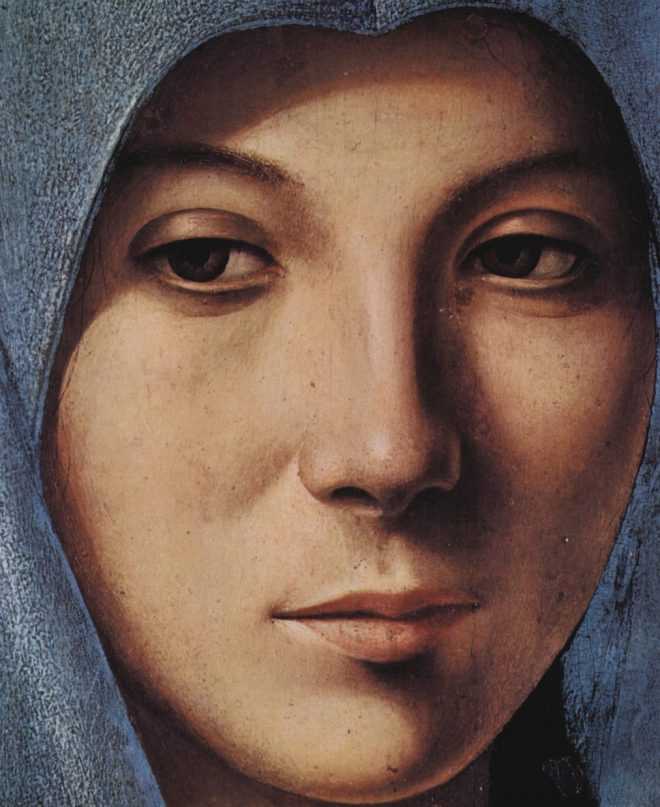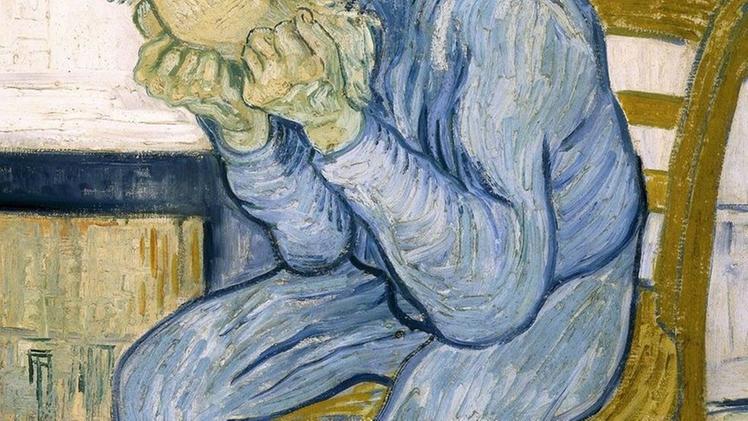A Special Seed: A Book That Brings Children To The Mystery Par Excellence
A question that continually emerges among parents, catechists, priests, and
all those who wish to transmit the Christian faith to even the smallest
child is:
How can you make children understand the mystery of the Eucharist, the
mystery par excellence?
In other words, how can you explain to kids that Jesus is truly hidden in a
small piece of bread?
History does not lack examples of believers who have doubted the real
presence of Christ in the Eucharist. Phenomena and miracles, however,
through which God has reassured us of the veracity of the Catholic faith
and has encouraged us to venerate the consecrated host, haven’t been
lacking either.
Art history in the West is marked with these occurrences, which have given
life to various precious works of art (cathedrals, paintings…), without
which art history would be greatly impoverished.
Even the world of literature over the centuries has greatly benefited from
devotion to the Eucharist. Songs, poems, and stories have flourished,
thereby enhancing the religious and cultural patrimony of many countries.
A Special Seed
, a children’s book by Agnieszka Zawisza, enters into this scene. Through
simple language and lively illustrations, the author tells of two crucial
miraculous events in the history of the Catholic Church that favored the
growth of Eucharistic devotion: the visions of a nun, Sr. Juliana, who
brought the Feast of Corpus Christi to her institution in 1247;
and the Eucharistic miracle at Bolsena (Italy), which happened in this same
time period before the eyes of a young priest, Fr. Peter.
The book, published and edited in 2014 by Alessandro Lardani (Edizioni
Iubilarti), is a valid tool for presenting the mystery of how God is
physically present in the bread and wine.
Though directed particularly to children, this book is certainly capable of
touching, and perhaps even reinvigorating, the hearts of adults.
The author presents a doubt which can arise in any Catholic : Is Jesus really there in that white bread? Rather than offering
a logical-rational answer, the book focuses on personal attitude:
How do I speak with God? Am I skeptical and presumptuous, or am I
humble? Am I capable of speaking with God all night long to ask Him if
He’s really there in the host, like the main character of the story
does?
The book is furthermore interesting because it tells how God’s response
comes through how we address him with purity and sincerity of heart. This
is why the stories of Sr. Juliana and Fr. Peter told in the book are not
exclusive to little children, but are for those who want to speak with God
as children do. We are all, after all, invited to look at the world with
the eyes of children, and entrust ourselves to God as such; to leave space
for wonder and to open ourselves truly to others and mysteries without
prejudices.
As the writer Susanna Tamaro put it in the book’s preface, “We must become
children again, imagining, letting ourselves walk, so that wonder may come
back to fill our hearts with joy. Because everything could not be, but
rather it is”.















